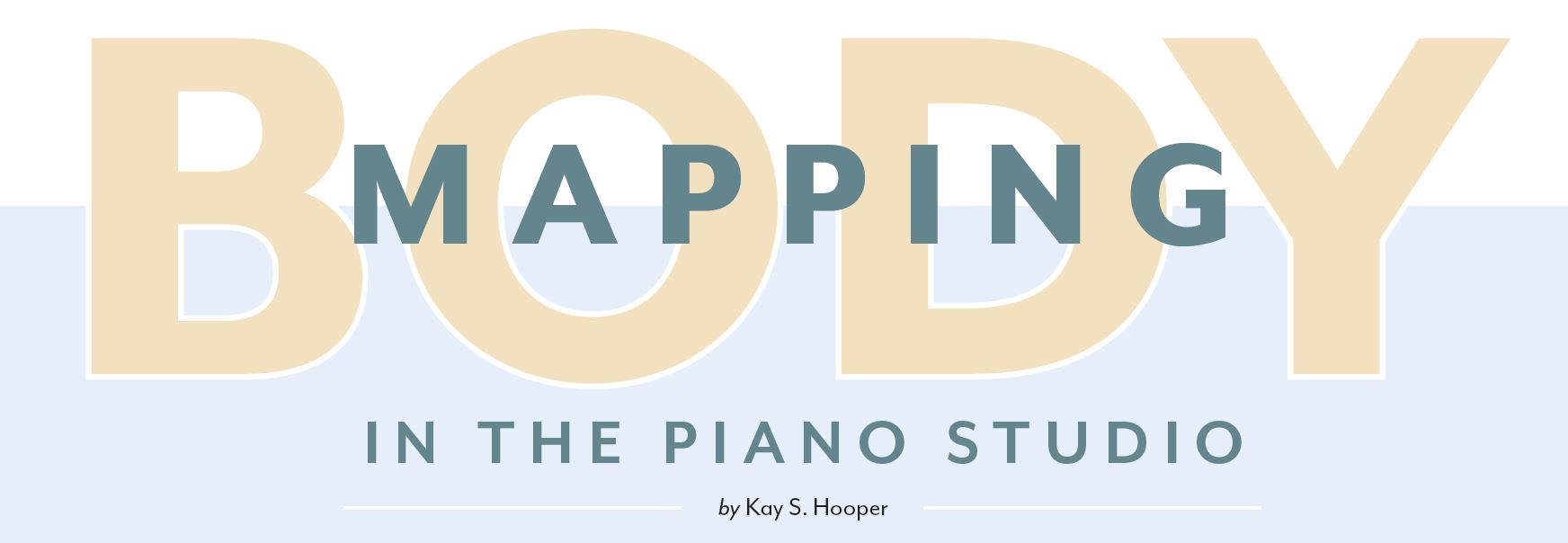We would like to thank Kay S. Hooper for this insightful article about body mapping. To read the full article, click here.

On the count of three, point to the place where your upper arm meets your torso. One, two, three!
See Figure 1 below and find the place where you pointed. Most people point to the spot marked A, which they call the shoulder. If you did this, you are in good company.
However, this company is off the mark. The first joint of the arm is at C, the place where the collarbone (clavicle) meets the breastbone (sternum.) This joint is named the sterno-clavicular (S-C) joint because it is the meeting place of these bones. You can see this joint in Figure 2.
To find this joint, place the second finger of your right hand in the hollow at the top of the breastbone. Now move it toward the left in a slightly downward direction. You can feel a bone meeting the breastbone with a joint that may feel like a small crack. Keep your finger on this joint and move your left arm. What movement do you feel under your finger? Now freeze this joint and move your left arm. Does your arm move easily? Does it move at all?

If you’ve never had a Body Mapping experience before, you just had your first lesson. Body Mapping is the process of clarifying structures designed for movement.
If you encountered confusion about the first joint of the arm, the Body Mapping process of exploring joint movements and studying accurate images will help you correct this confusion.
When William Conable was teaching a class in Alexander Technique at The Ohio State University, he helped students find natural coordination through this hands-on process. Unfortunately, when they returned to practicing with their established patterns, they lost the ease of movement they had experienced during class, and he wondered why this was happening. Through keen observation and query, he discovered that they were moving according to misunderstandings about their structures. These misunderstandings are called “mismappings.” When these confusions were corrected, their movements improved.
We hope you enjoyed this excerpt from Kay S. Hooper’s article on body mapping. You can read the entire article by clicking here.
MORE ON BODY MAPPING
- MAGAZINE ARTICLE: Healthy Teaching, Healthy Playing: Better Practice for Better Performance by Stephen Caplan
- WEBINAR: Teach, Breathe, Move, Repeat: Tips for Physical Wellness during a Pandemic with Laura Amoriello, Lesley McAllister, and Paola Savvidou
- MAGAZINE ARTICLE: The Trapeziectomy Diaries: Recovering from Arthritis by Michelle Conda
- MAGAZINE ARTICLE: The Trapeziectomy Diaries: Part Two by Michelle Conda
- WEBINAR: The Physiology of Piano Teaching and Performing with Lesley McAllister, Scott Donald, and Paula Wong